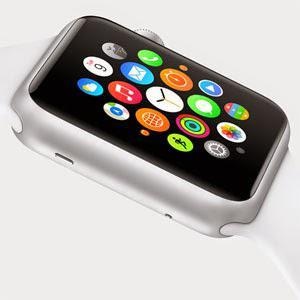Where could wearable tech take elearning?

The Apple Watch could prove to be a game changer when it comes to wearable technology, transforming it from a gimmick to part of everyday life. Only time will tell but while we have the crystal ball out, it is worth thinking about what it might mean for elearning.
Most obviously, wearable tech offers another platform for learners who increasingly expect their elearning to be accessible on a myriad of devices. According to Towards Maturity’s Mobile Learning in the Workplace, seven out of ten businesses are now adopting mobile learning solutions with usage of mobile devices predicted to increase to 78% in the next 2 years. It requires just a small leap of the imagination to envisage a world where people will expect their elearning, or an aspect of it, to be available on their wearable device.

The challenge for the industry will be to create content which is compatible with the widest possible range of platforms. Not unlike our current open-source Adapt framework, elearning courses will need to adapt intelligently to wearable tech. Responsive elearning built using the Adapt framework will adapt (hence the name) to any screen so it is readable, allow interactions to work on smaller devices and enable different layouts to be deployed to different devices. It is a solution for a world where technology is ever changing and expanding.
But as David Kelly suggests in his recent blog, the true potential of wearable tech lies in the new possibilities it can present for supporting performance and learning. Perhaps the most exciting of these is the ability to offer real time feedback from learners. The Apple Watch will be able to monitor health and fitness, tracking the wearer’s movement, heart rate and activity with built-in sensors, feeding the information back to an iPhone or iPad allowing review and analysis of the data. Without getting too sci-fi about it, imagine an elearning course which can react to someone’s physical response; changing tack if the user appears to be losing interest or being available as the ultimate mobile learning aid ‘in the field’.
So we all wait and watch to see if the Apple Watch will take off when it is launched in 2015 and whether we are on the verge of yet another tech revolution.
Image: Silicon Angle